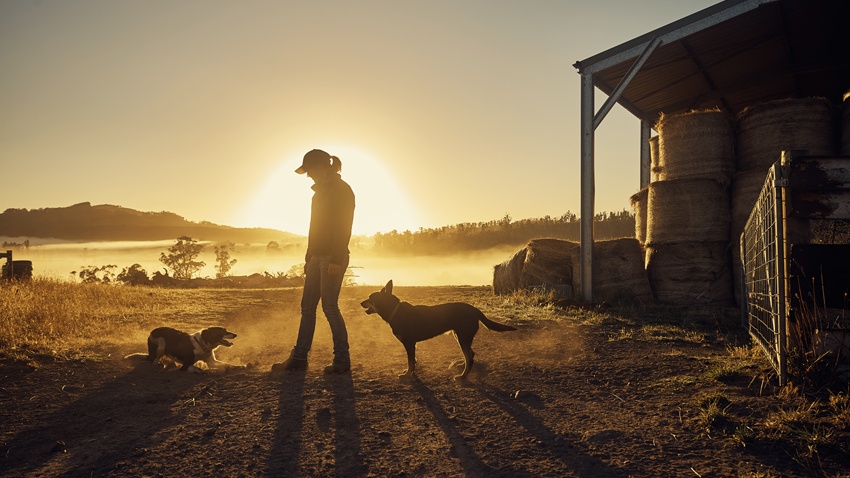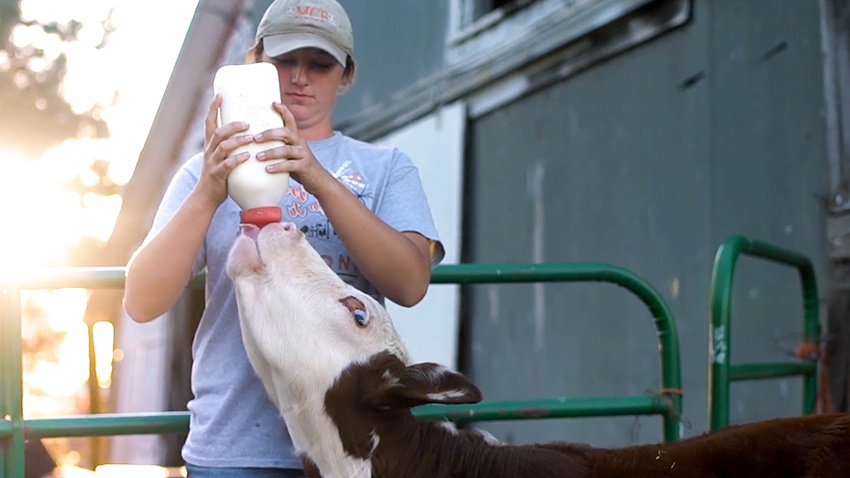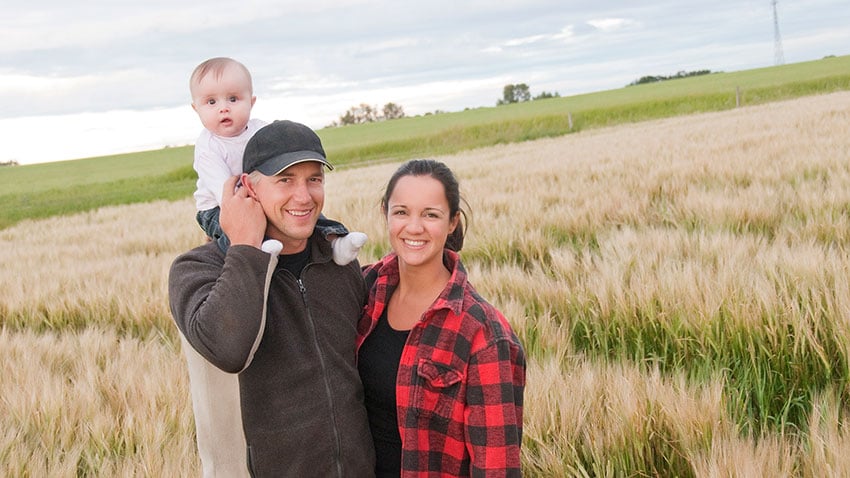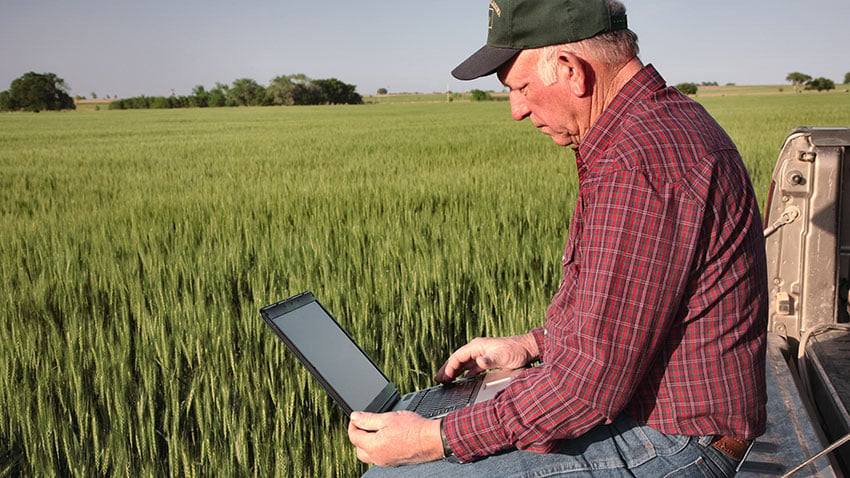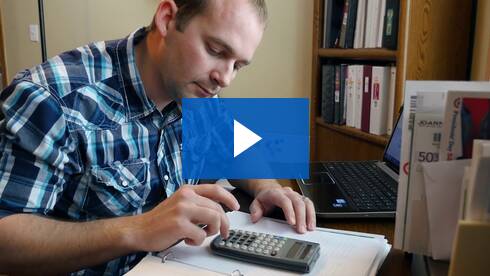
4 Helpful Rules of Thumb.
What exactly counts toward the farm family living expense line?
I think it’s pretty simple: if you can’t “write it off” as an operational expense for your farm, then it counts as a family living expense. These days, it’s something that needs to be identified and managed as tightly as any operational cost.
A few generations ago, things were different on the farm. A farm was self-sufficient. Life was more meager and conservative, for sure, and everyone dealt in cash. These days, it’s all about the operating line of credit and managing your farm to avoid carry-over debt. Instead of dealing in cash we’re dealing in credit, which seems to add risk – and stress – for the farm family.
I sometimes worry about anyone who returned to the farm or started farming during the recent “boom” years, from about 2008 to 2013. We’re hitting a very tight market now. Corn prices have dropped. Margins are narrow. So we have to respond. Our operations have to get lean and so do our family living expenses.
Whenever I talk with farm families, helping them with a cash analysis or cash projection, we eventually get to the family living expense line. I always try to share some basic rules of thumb, which I believe are helpful.
- Figure out your target budget with this simple formula. Take five percent of your annual gross sales and then add $7,500 for each person in the household who is 13 years of age or older. Let’s say your annual gross sales are $1 million and you’re a family of four. Five percent of $1 million is $50,000. Four people times $7,500 is $30,000. So your target family living expense line for the year should be $80,000.
- Set up a monthly budget. Identify all of your monthly family expenses and allocate a dollar amount for each based on your target budget. The above example of $80,000 a year comes to about $6,670 per month. You can do your budget on paper, or a simple program like Quicken can come in handy.
- Track and record your family living expenses every month. What do you actually spend every month on food, utilities, entertainment and other items? It’s easy to underestimate your expenses. Money goes fast. Sometimes it’s hard to remember where it went. Consider using something like Mint, a free online and mobile app platform that can help with budgeting and tracking expenses.
- Set up a separate checking account and pay yourself on the first of every month. This is the best piece of advice I can give and perhaps the toughest to follow. Set up a separate personal checking account and pay yourself from your operating line of credit on the first of every month. Using the example above, you’d pay yourself $6,670 on the first of every month. Here’s the catch – if that money runs out, you have to do without for the rest of the month and wait to pay yourself again on the first of the next month. That takes discipline, especially when the kids want something or your friends are inviting you out all the time. But, it also really helps you gain mastery over your spending.
I know it’s hard to sit home at night and not go out and spend money on dinner or entertainment. I know it’s hard. However, I tell my customers it’s a lot harder being in debt.
Right now, we’re fighting an oversupply of corn, soybeans and beef. We’re exporting everything at a record pace, which at least helps maintain our beef prices. Times like these teach us how good it feels to live debt free. Better times will return, and you’ll enjoy them even more if you learn to be tight with a dollar today.

Don Jividen is the Chief Credit Officer for Heartland Bank, sets on the Board of Directors and has 31 years of banking experience. Don was raised in the sand hills in a ranching environment and is involved in the cattle business to this day. In his free time he enjoys working with the cattle and spending time with his family.


.jpg)

